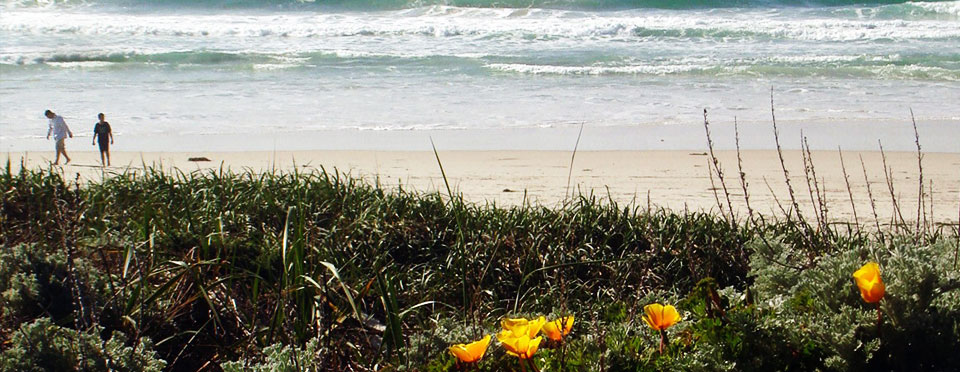New Water Supply for Monterey Peninsula
California American Water is concerned about the communities on the Monterey Peninsula; they are hard at work, developing new water sources with the Monterey Peninsula Water Supply Project.
A three-part solution will supply water to all the communities on the Monterey Peninsula, protecting the natural resources of the Carmel River and providing future protection from drought.
- A desalination plant located in Marina, will provide water for residents on the Monterey Peninsula.
- Expanded underground water storage will keep excess winter water underground. This reserve will act as an additional source for our communities.
- A replenished groundwater supply with highly treated recycled water will make even more water available for residents and businesses.
The need to develop a sustainable, drought-proof water supply for the Monterey Peninsula is as urgent as ever.
Because of state and court-ordered reductions to the community’s primary sources of water, the Carmel River and the Seaside Aquifer, a new water project for the Peninsula must be permitted and constructed without further delay.
The existing supply is being ramped down over the next decade to less than half of what is today.
Stay Connected: Keep updated on what’s going on by visiting www.watersupplyproject.org for the latest news and information.










